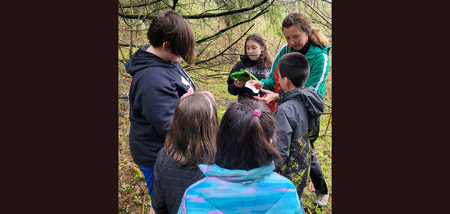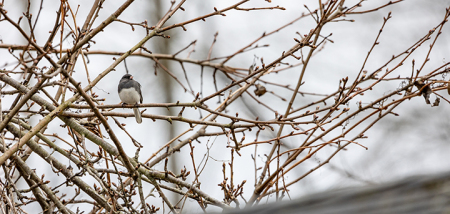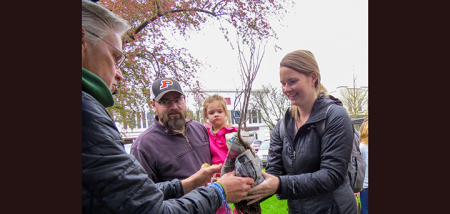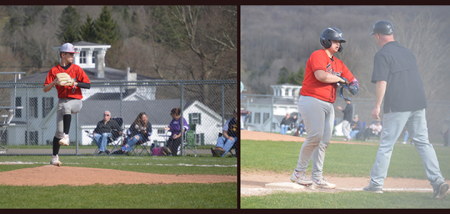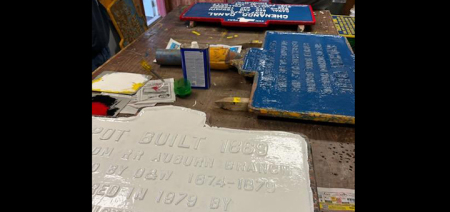Outdoor Chenango: Wild Game Handling
Published:
October 26th, 2022
By:
Eric Davis
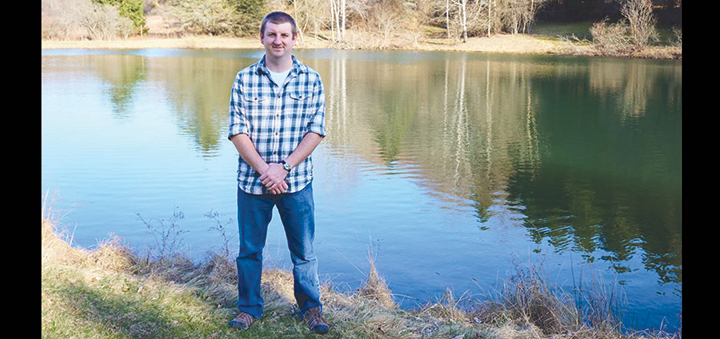
No matter what type of wild game you pursue, proper handling following your harvest can make the difference between excellent table fare and a not-so-great dinner experience. A surprising number of people admit that they would try hunting, but they don’t know what to do if they are successful, in terms of handling the meat and preparing it.
After butchering a deer, myself in high school, my mom told me she would pay for any deer in the future to be taken to a processor. So, the next year, I started taking my deer to Ron. I played soccer with Ron’s son so he would cut me a break on the cost of the processing. Ron a very upfront person who wasn’t afraid to tell you how to do something, which included handling your deer before bringing it to him. When I would drop off a deer or go to pick up my venison, I found myself chatting with Ron for sometimes an hour or more.
Once I moved away from home, I decided to learn to butcher my own deer to save money. I have found myself following Ron’s advice on all wild game, not just deer.
1) Get it cool. Just like the meat at the grocery store, you want your wild meat to stay cool until you are cooking it. This prevents bacteria from going on the meat and spoiling it. The quickest way to cool down a deer carcass is to remove the entrails and then the hide. I have transported a deer over 2 hours before hanging it to skin it and the meat on the carcass was still warm when I was skinning it. Another option is to put bags of ice into the body cavity after field dressing the deer if you are planning on not getting to skinning it in a relatively quick timeframe. Skinning is easier when the animal is still fresh, this goes for furbearing mammals as well. If the outside temperature allows it, you can let the carcass hang outside to cool. If it is too warm out, you will want to cut the meat from the carcass and get it into a refrigerator as soon as you can to start cooling it down. Some people like to age their deer by letting it hang for a few days (up to a week or more) before butchering it. This can also be accomplished in the fridge once the meat is removed from the carcass. Wild birds have high core body temperatures so either plucking the feathers or removing the meat from the carcass is critical to getting it cooled down quickly.
2) Keep it clean. When field dressing your harvest, be careful not to open the stomach or intestines with errant knife strokes. Exposing the meat to the digestive enzymes can cause it to taste bad or to spoil altogether. If you hit the stomach either with your shot or during field dressing, rinse the body cavity out with water to remove those enzymes. Follow along this line of thought with game birds, especially if you are planning to pluck it and remove the entrails. Avoid cutting into the meat when skinning as well. Any opening in the meat is a possible avenue for bacteria to get it. If you bring you deer to a processor, they will greatly appreciate a deer that has been properly field dressed.
3) Quality preservation. Once the meat is removed from the carcass, take the time to trim away excess fat, silver skin, or tendons from the cut you are working on. I plan on not having to touch the cut of meat when I remove it from the freezer later to cook it other than to maybe break it into smaller pieces (i.e. turning a roast into spiedies). My thought is that you can always make the pieces smaller later, but you can’t make them bigger once they are cut. When freezing meat, air is the enemy. If you plan on doing a lot of venison yourself, I highly recommend investing in a vacuum sealer. This devise removes all the air from the package so that the meat lasts longer without getting freezer burn. I have had venison stay good for over a year in the freezer. Some people like using freezer paper to wrap their venison. The key is to remove as much air as possible before putting it in the freezer.
Author: Eric Davis - More From This Author
Comments
